After arrival, progress should be at the dog’s pace.
It’s vital not to let your dog do too much too quickly. It is often tempting, when a long-awaited dog has just arrived, to do long walks, visit family and friends, go to the beach in the car.
It is often better to give them rest and peace. Not only the first day, but also the next weeks, months, maybe even sometimes years. Make sure that the stimuli that your dog receives are as small as possible. Going slowly and carefully helps to build confidence and patience now is very important.
So, start with time just in the garden at first. Then walking short distances and then go back home. Familiarity with your surroundings will help make make the dog feel safe. Little by little, baby steps, listen to what the dog is telling you.
Try and establish a routine as soon as possible. When everything has changed so much, stability in their lives is a huge help.
Be prepared that the dog can get flashbacks over time. Stress panting is not uncommon, especially at night. Sitting with a nervous dog in their safe place, speaking softly to the dog and stroking the dog softly strengthens the bonding. The dog then starts to relax and breathe in this new life.
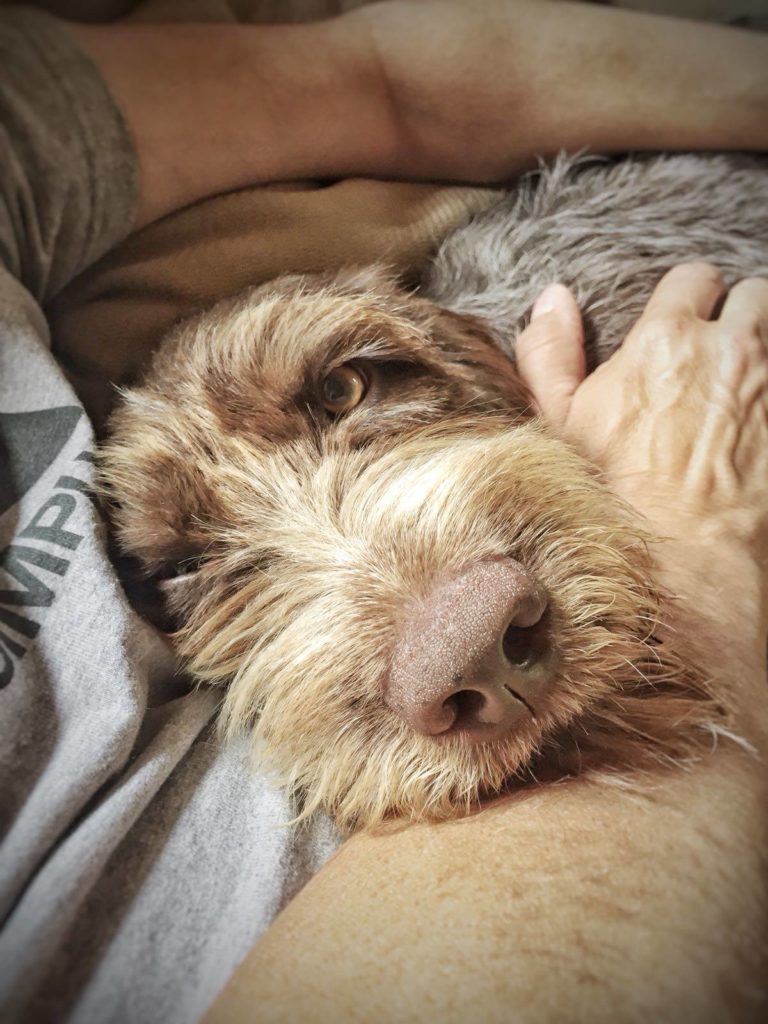
Medical Issues – After Arrival
We recommend a check-up a with your vet after arrival. Unless there is a pressing reason to do so, this is best done after the dog has settled in, and ideally it should not be their first trip in the car. It’s something to take at the pace of each dog. Before they go to the vets, they should be reasonably comfortable with new people touching them, being on a table, visiting new places on a lead etc. If they are nervous, it can be a good idea to take them to visit the vet’s anyway, for instance on the way to a walk. Just to go into the waiting room, have some treats and leave.
For some very nervous dogs, it may be much better to arrange a home visit – most vets are very understanding about nervous rescues.
In general we would advise that they see a vet during the first month but each dog is different – we are always available to help and support where needed in individual situations.
A course of flea, tick and lice treatment is advised, paying particular attention to ears! They will have been treated for fleas prior to departure but can very often need a second treatment.
Many rescue dogs have bad teeth so these should also be checked over and may need descaling. Consider delaying any stressful procedures such as dentistry until the dog is really settled in.
Your dog’s medical info will arrive with it, including tests for Leishmania etc, which will be useful for the vet to see. Please check passports over with your vet, many dogs only have rabies, worms and flea treatment. They may need to have their immunity started again from puppy level through to adult. Also note that Italian rabies vaccinations are generally valid for one year only, rather than the UK one which lasts for three years. Take all the paperwork to your vet for them to see and advise.
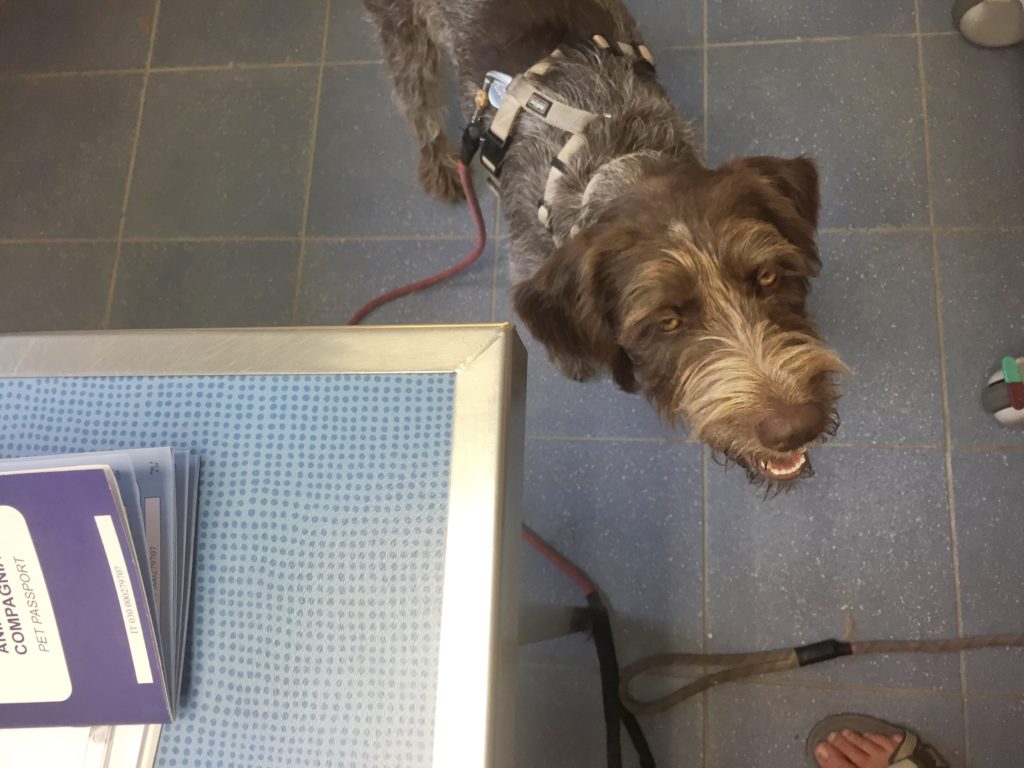
Walks, and progressing to off the lead
The dog should stay on the lead for at least 3 weeks, and must not be let off until they will reliably return to you on walks.
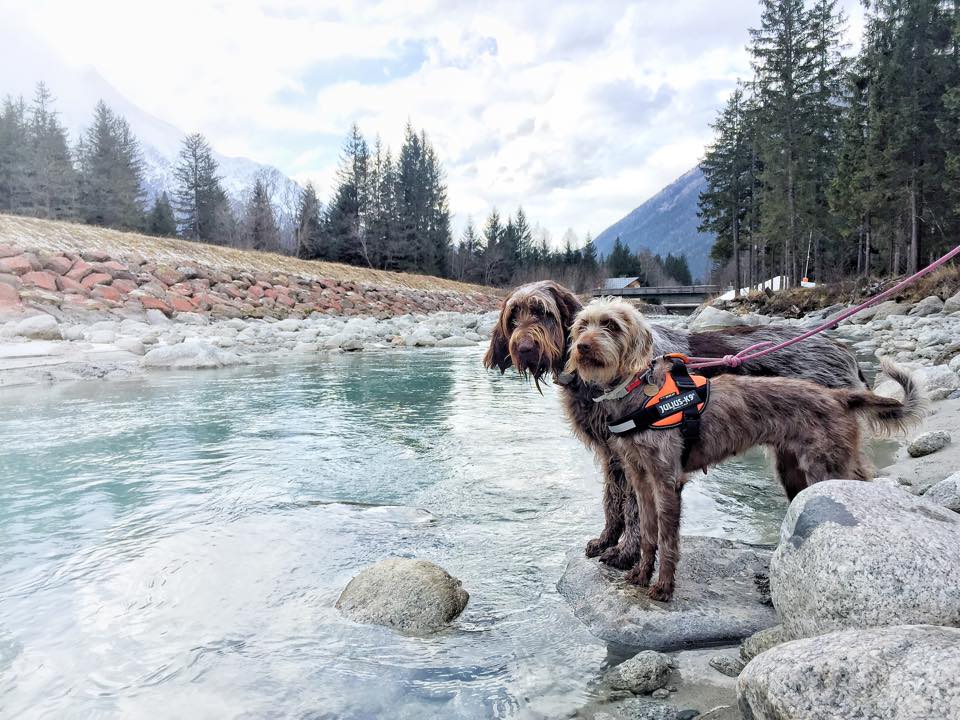
A secure harness and long lunge line are ideal for a dog to progress to, and as Isotta shows here, they need not hinder the dog’s enjoyment of life much!
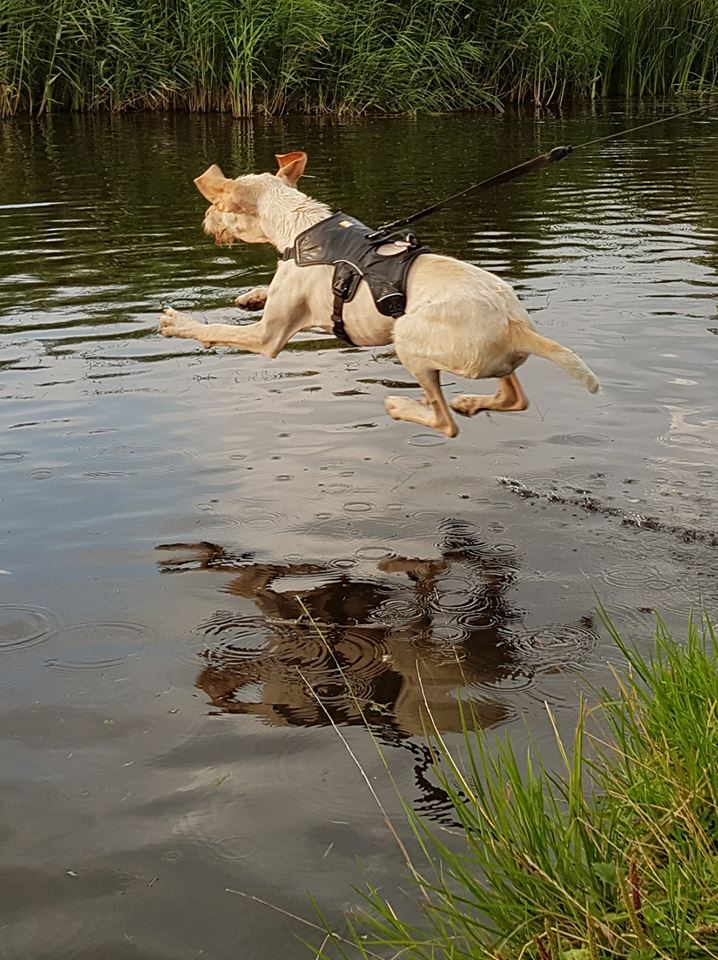
Just as you would with a puppy, start in the house and garden, and work up to outdoors on a long line.
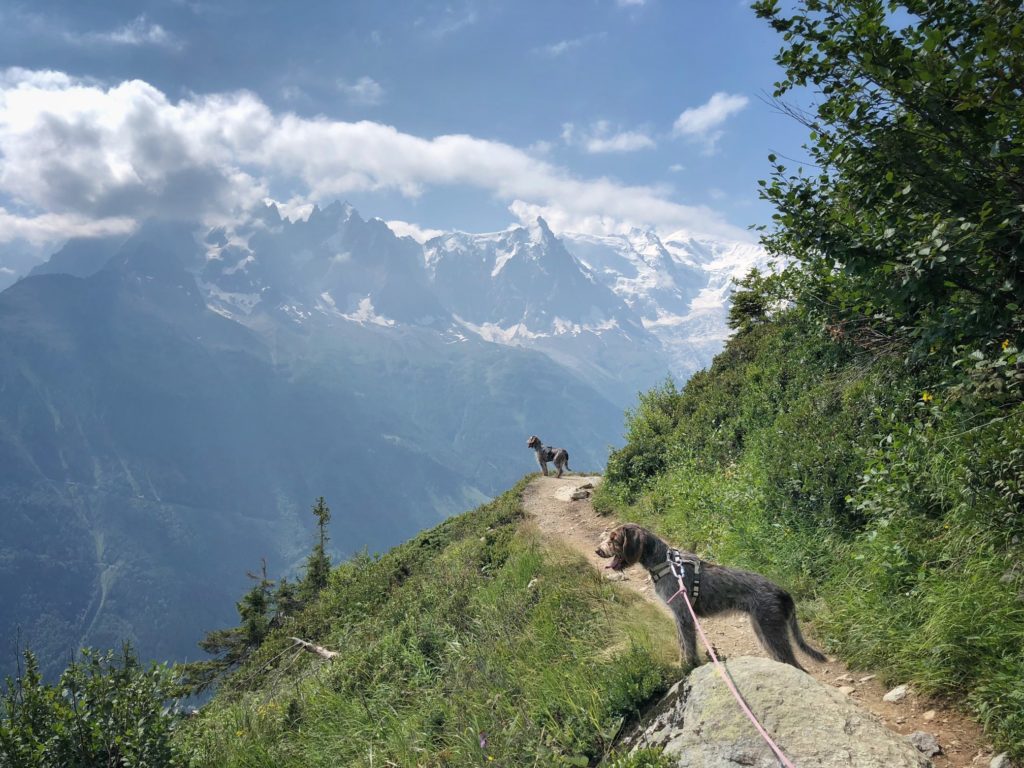
You can also consider progressing to letting the long line trail, so the dog has extra freedom but is easier to catch in case of any issues – however consider carefully where you do this, as there are safety issues with the trailing line. It is most useful in a wide unobstructed space, like a park or beach.
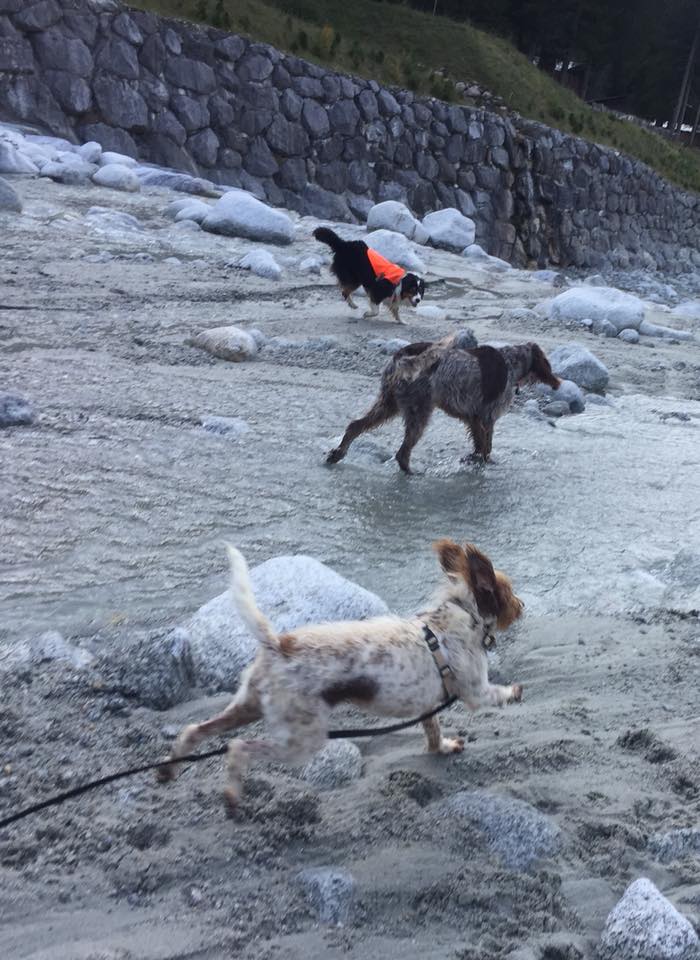
Always have your wrist through the lead loop and never use a retractable lead. They can break and unspool with disastrous consequences, be jerked out of the hand easily and then bounce behind a fugitive dog. A long line is much safer.
A highly recommended intermediate step is to book some time at an enclosed dog field. These are to be found all over the UK – research your nearest one at https://www.dogwalkingfields.co.uk. A few sessions at one of these fields will give you a much better idea of your dog’s reliability at recall.
Consider a GPS tracking device as a backup. Or a small bell makes a low-cost and useful alternative or addition.
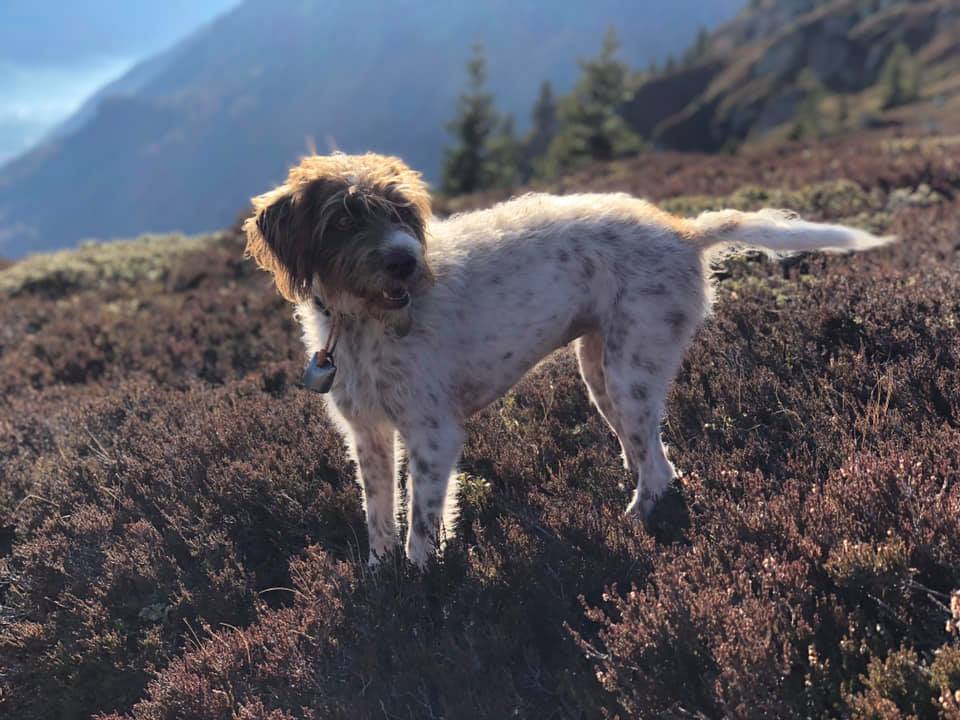
A brightly coloured jacket is also a help in locating a dog, and can be a good idea during the first few months off the lead.
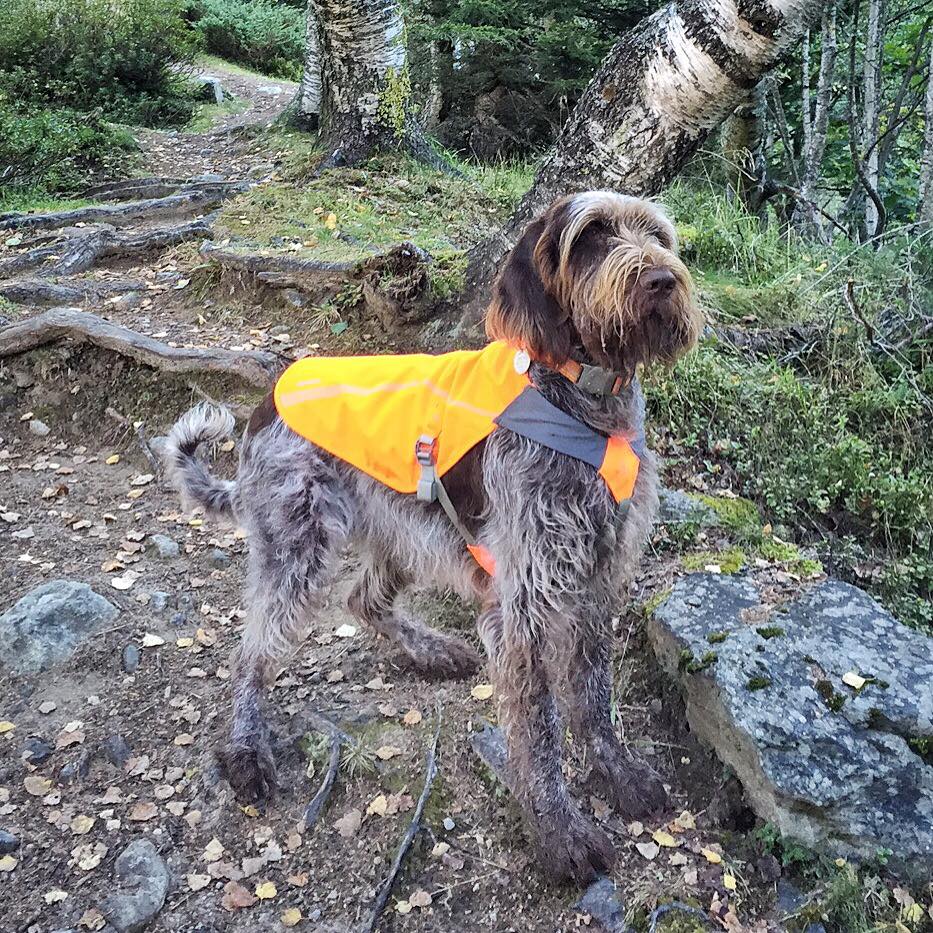
Remember that the risk of a newly adopted dog being startled and running away is very high. You must be confident that the dog will return before letting them go free. Although most dogs do eventually progress to going off the lead, some very nervous or highly nose-led dogs may always have to be on a long line. It is better to wait longer and be safe, than to risk losing your dog.
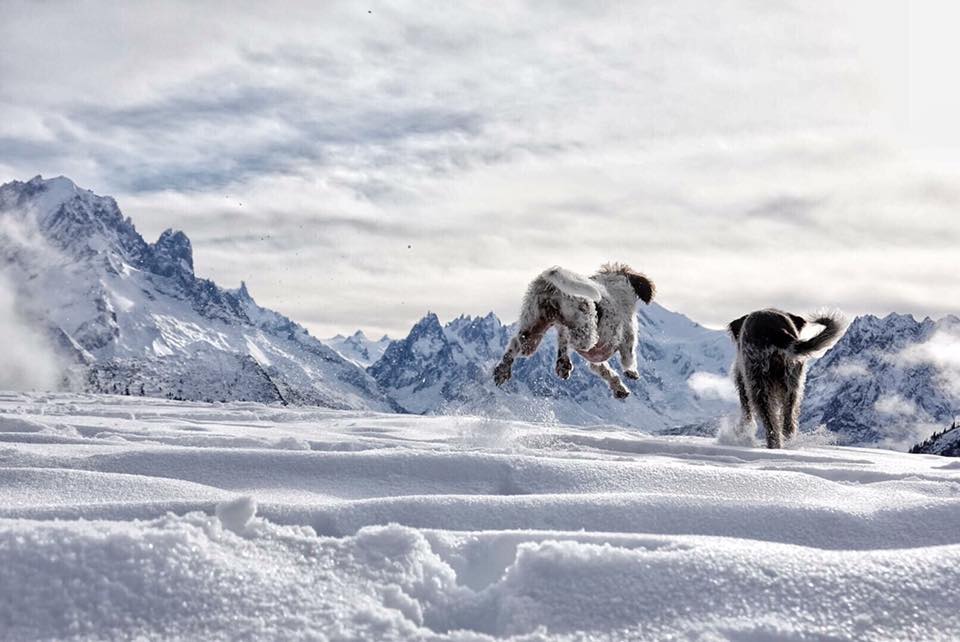
Ongoing contact is so important to help us to help other dogs!
We very much appreciate photos and videos that we can send to the volunteers in Italy – it is a big step in trust for them to let the dogs go so far. One of our biggest issues is persuading shelters to let the dogs leave the country. Normally in Italy, dogs are only rehomed to the immediate vicinity of a refuge, so that the volunteers can check how they are settling.
So it’s a huge help to us in building connections and trust with the volunteers (without whom our work would be impossible) if we can show them the happy lives the dogs are leading! Your photos help to build a good reputation for us – keeping the road to freedom clear for the next dogs to take it.
And of course the volunteers have often become very fond of the dogs in their care, and love to get news of them – as do all those who helped fund them and supported in other ways.
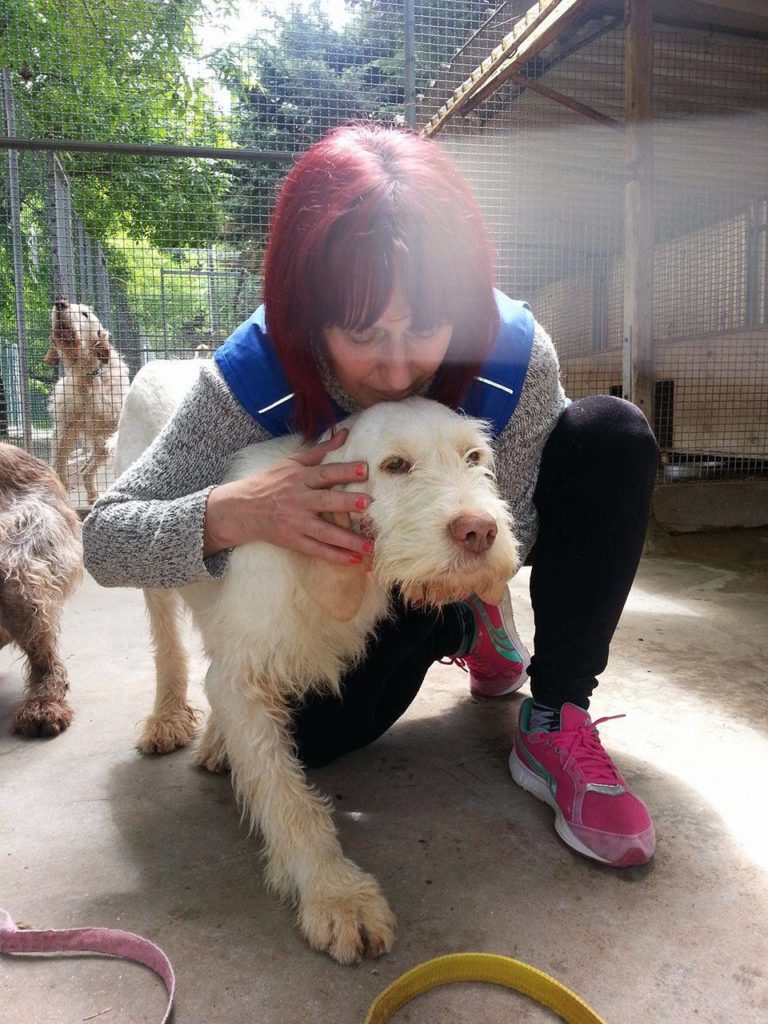
Finally, spend the time to sit and enjoy your beautiful spinone , the knowledge of its life to date is sealed in its heart – their gift, their life they bring to you – treasure it, it will enrich your life and heart for the rest of your days. Please know that you will always find a listening ear and advice to guide you every step of the way in this group should you ever need one.
